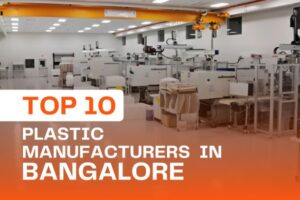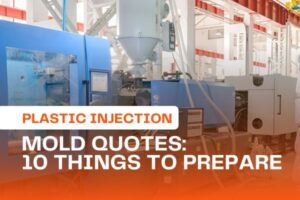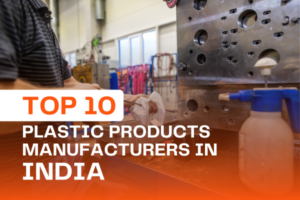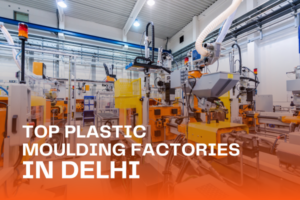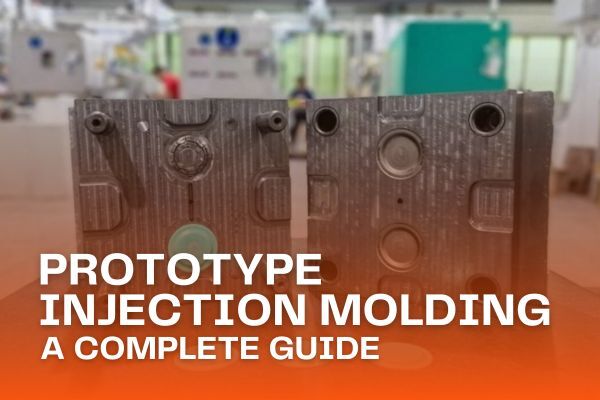
Prototype Injection Molding: A Complete Guide
The manufacturing world is abuzz with terms like prototype injection molding, rapid prototype injection molding, and plastic prototype development. But what do these terms mean, and how do they fit into the grand scheme of product development and business strategy? This comprehensive guide serves as your beacon through the nuanced terrain of prototype injection molding, highlighting its advantages, limitations, and the pivotal role it plays for any forward-thinking business.
What is Prototype Injection Molding?
Prototype injection molding is a specialized process used to quickly create molds for product development before mass production. It involves producing a plastic prototype using an injection molding technique that is both rapid and cost-effective. This process allows designers and engineers to test and refine their product designs without the significant investment required for full-scale production molds.
Advantages and Limitations of Prototype Molding
Advantages
Prototype injection molding allows businesses to create functional plastic prototypes rapidly. This process has several advantages, such as:
- Speed: Rapid prototype injection molding lives up to its name by providing a quick turnaround time, which is essential for meeting tight product development deadlines.
- Cost-Efficiency: Compared to full-scale production tooling, prototype molding requires a smaller upfront investment, making it a cost-effective option for testing designs.
- Flexibility: Modifications in design can be made relatively quickly and at a lower cost, allowing for iterative testing and optimization of a product.
- Material Diversity: It enables testing with various materials, which means you can evaluate how different plastics affect the strength, flexibility, and durability of your product.
- Functional Testing: Prototype makers can use the same injection molding process for the final product, allowing for accurate functional testing.
Limitations
Despite the advantages, there are some limitations to be aware of:
- Durability: The molds used in prototype injection molding may not be as durable as those used in full-scale production.
- Material Limitations: Some specialized materials may not be available for prototype quantities, which could limit testing under certain conditions.
- Higher Per-Unit Cost: While the initial investment is lower, the cost per part is typically higher than in mass production due to economies of scale.
When and Why to Use Prototype Injection Molding?
Prototype injection molding is used when a product design is in its developmental stage, and a company needs to test form, fit, and function before committing to large-scale production molds. It is particularly useful when:
- Testing Design Concepts: Verifying that a design works in the real world, not just on paper or a computer screen.
- Market Testing: Gauging consumer interest with actual product samples before mass production.
- Reducing Time to Market: Accelerating the development process to outpace competitors.
Why Prototype Injection Molding is Useful for Any Business
- Risk Mitigation: By validating designs early, businesses can avoid costly errors that might only become apparent during full-scale production.
- Market Responsiveness: Rapid injection molding allows companies to respond quickly to market demands or changes in consumer preferences.
- Stakeholder Presentation: Businesses can present stakeholders with a tangible product early in the development cycle, which can be instrumental in securing approvals or additional funding.
Key Differences Between Production and Prototype Tooling
- Material: Production molds are made with hardened steel to withstand the pressures of mass production, while prototype molds may use softer aluminum or even 3D-printed materials for cost and time savings.
- Lifespan: Production tooling is designed for longevity, often able to produce millions of parts, whereas prototype tooling is intended for short runs.
- Precision: While both types of tooling can produce high-quality parts, production tooling may offer higher precision due to the more robust materials and more refined process controls.
Conclusion
Prototype injection molding is an invaluable step in the product development process. It equips businesses with the tools to make informed decisions about product design, functionality, and marketability. By understanding the nuances of rapid prototype injection molding, companies can harness its benefits to create better products, reduce time to market, and stay ahead of the competition.
This comprehensive guide sheds light on the integral role of prototype injection molding in today’s fast-paced business environment and product development landscapes.
Frequently Asked Questions
Prototype tooling in welding involves creating a preliminary version of a tool or mold through welding and fabrication processes. This prototype is used to test and refine the design, ensuring functionality and efficiency before mass production. It's a cost-effective way to identify and correct potential issues early in the development phase.
Rapid system prototyping is a fast and cost-effective method to quickly create a working model of a system. It allows for immediate feedback and iterative design adjustments, significantly speeding up the development process and enabling better understanding of system requirements and functionalities before committing to final production.
To find someone to make a prototype, start by searching online for prototype manufacturers or freelance engineers with experience in your industry. Utilize professional networking sites like LinkedIn and forums related to your field. Attend industry trade shows and maker fairs to connect with potential collaborators in person.
Prototype molding involves creating a preliminary model of a part using rapid prototyping techniques like 3D printing or CNC machining, followed by casting the prototype in a mold. This process allows for quick iterations and testing of designs, materials, and functionality before proceeding to full-scale production.
Prototype material refers to the various substances used to create a preliminary model of a product. These materials, ranging from plastics and metals to paper and foam, are selected based on the prototype's purpose, desired properties, and the manufacturing process, such as 3D printing or CNC machining.
